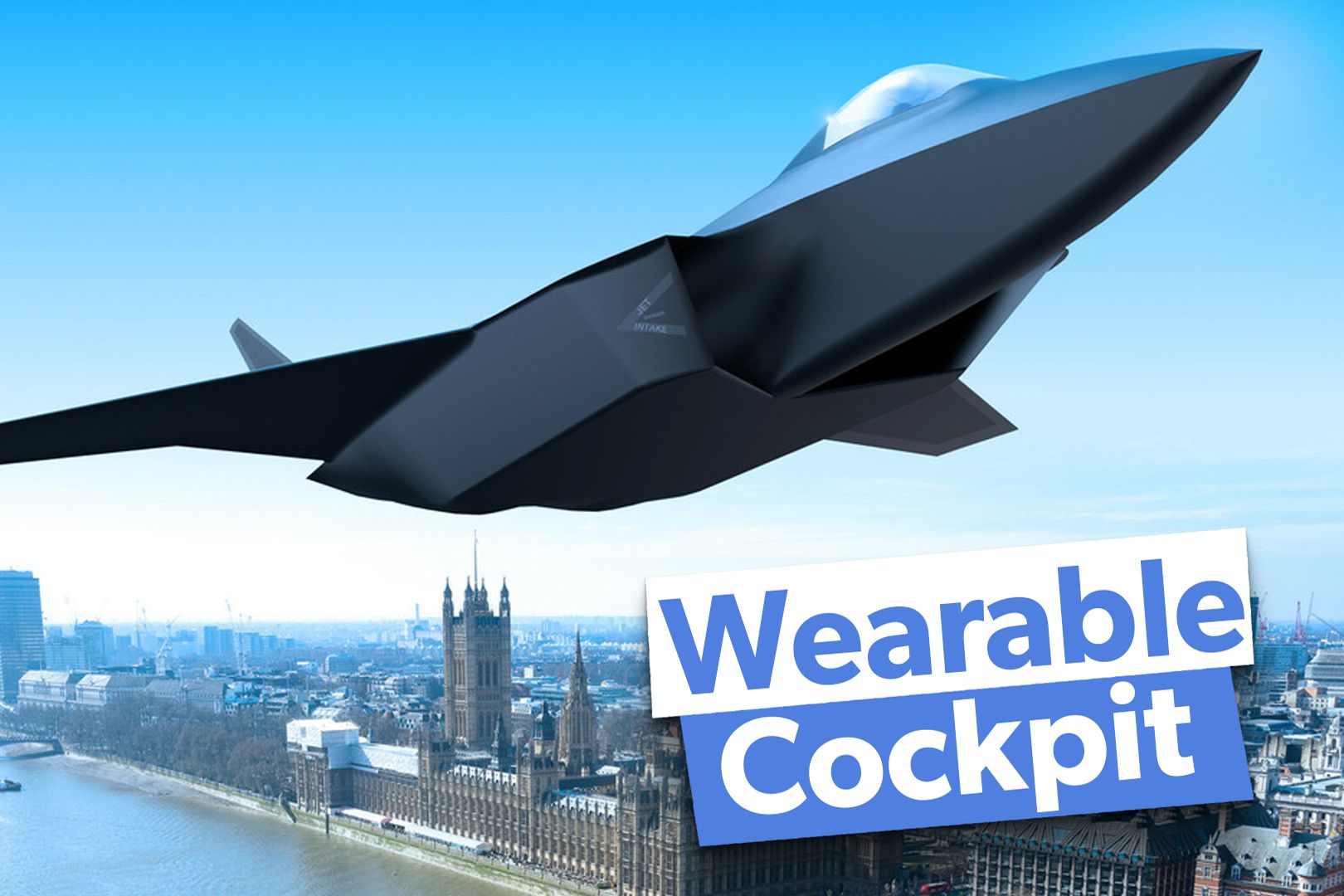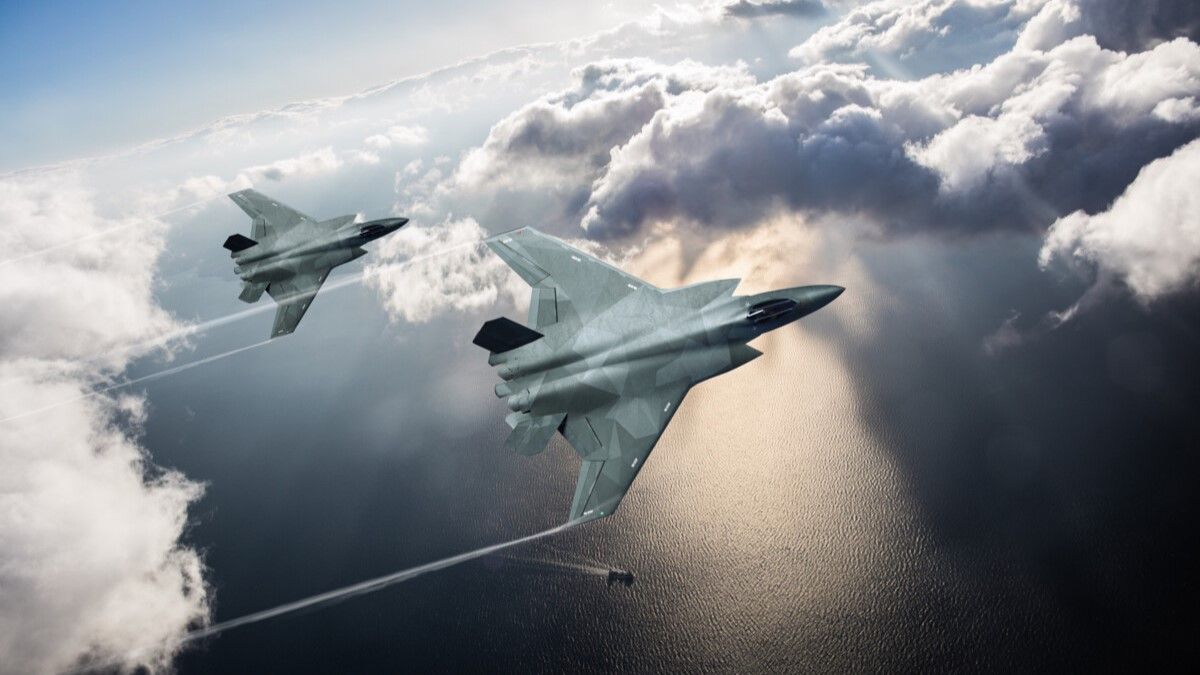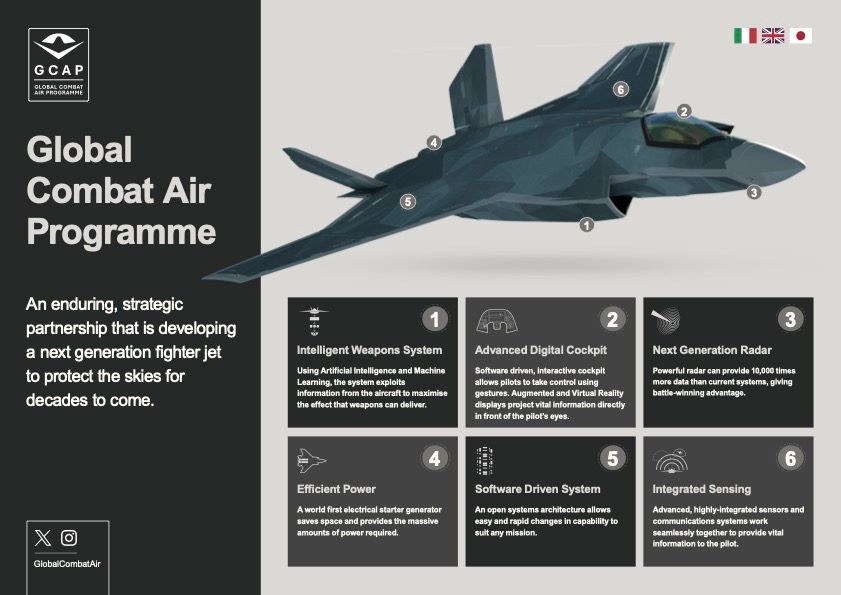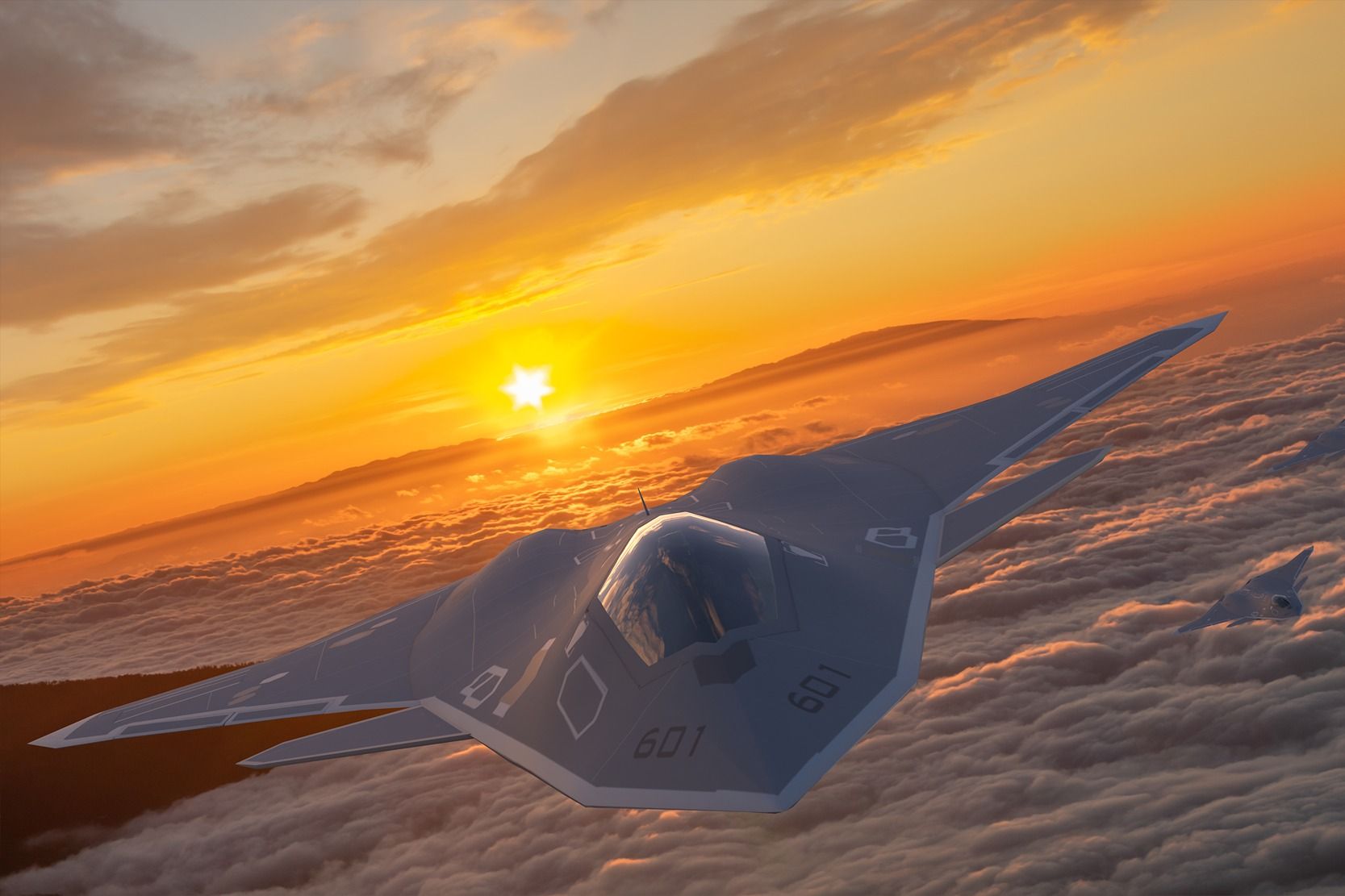Summary
- Developing the Tempest fighter will cost more and take longer than anticipated.
- The UK remains committed to the project despite potential delays and cost overruns.
- Manned sixth-gen fighter programs globally are facing uncertainties and potential challenges.
The major Italian contractor, Leonardo, has warned that developing the sixth-generation fighter jet will cost more and take longer than anticipated. The Global Combat Air Programme fighter (GCAP), otherwise known by the British name “Tempest,” is one of the most consequential sixth-generation fighter jets in development outside of the US Air Force’s NGAD fighter. It is currently being jointly developed by Britain’s BAE and Rolls-Royce, Italy’s Leonardo, and Japan’s Mitsubishi Heavy Motors.
Leonardo warns of more cost overruns and delays for fighter
Bloomberg reported that the warning had come from the CEO of the Italian defense company, Roberto Cingolani, during an interview on Tuesday at the Farnborough International Air Show. Cingolani stated that the $43 billion anticipated for the program is only “enough to get started.” He also stated that it would be “very challenging” to deliver it within the next 10 to 12 years and that some accompanying technologies like AI and drone swarms may not be ready (even if the aircraft is flying by then).
Photo: Royal Air Force (RAF)
The current plan is for the Tempest to be in service by 2035. If that is realized, it could be the second sixth-generation fighter to come into service (the Air Force’s NGAD is expected for 2030). Sixth-generation fighters will be extremely advanced, expensive, and complex, which could cause cost overruns and delays. A new mock-up of the evolving concept of the fighter jet was also unveiled at the air show.

Related
Tempest: A ‘Wearable Cockpit’ & More Innovations In The RAF’s Gen-6 Typhoon Replacement
The Tempest is to be a system of systems and a flying supercomputer, command station, and fighter.
Great Britain to stay in the game
Following the 2024 elections and change of government, there was some speculation that the UK could abandon the project. However, Defense News reported that Roberto Cingolani also stated, “I do not have any indication they (the British) want to drop or freeze the program.” He went on to say that the project is too important for the three countries to cancel, and “I met Prime Minister Starmer a couple of days ago, and he assured me the program is a priority.”
“I have spoken to my colleagues at BAE and we shared this opinion. I think we should go ahead with the work we are doing. To me the program is strong, the countries are committed I don’t think what we read is a realistic description of the situation.” Roberto Cingolani
Sixth-generation fighter jets are so expensive and complex that it is now difficult for any countries outside of the USA and China to go it alone and development them independently.
An uncertain manned sixth-gen fighter future
As multiple manned sixth-generation fighter jet programs around the world progress and begin to take form, their future is arguably becoming ever more opaque. Disagreements between France and Germany on Europe’s other sixth-gen manned fighter have led to speculation that Germany will abandon it and join Britain’s Tempest instead. Russia’s supposed MiG-41 project is often regarded as little more than a flight of fancy.
Photo: Mike Mareen | Shutterstock
A Senate draft of the NDAA for Fiscal Year 2025 in the United States seems to have slashed the Navy’s F/A-XX development funding to almost zero. At the same time, The War Zone is describing the future of the US Air Force’s NGAD sixth-generation fighter as ‘very murky’.



